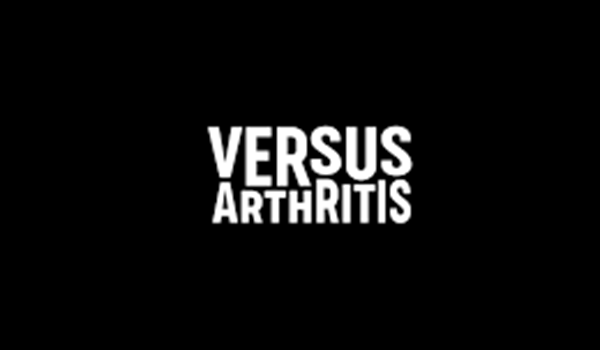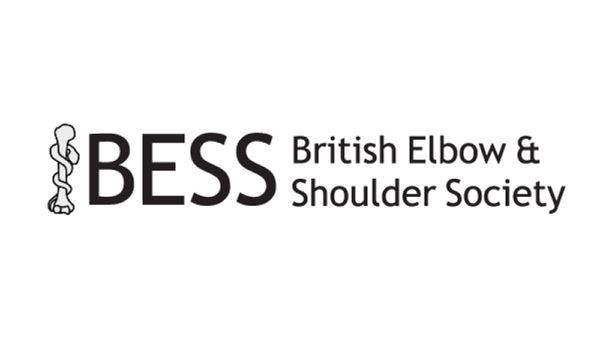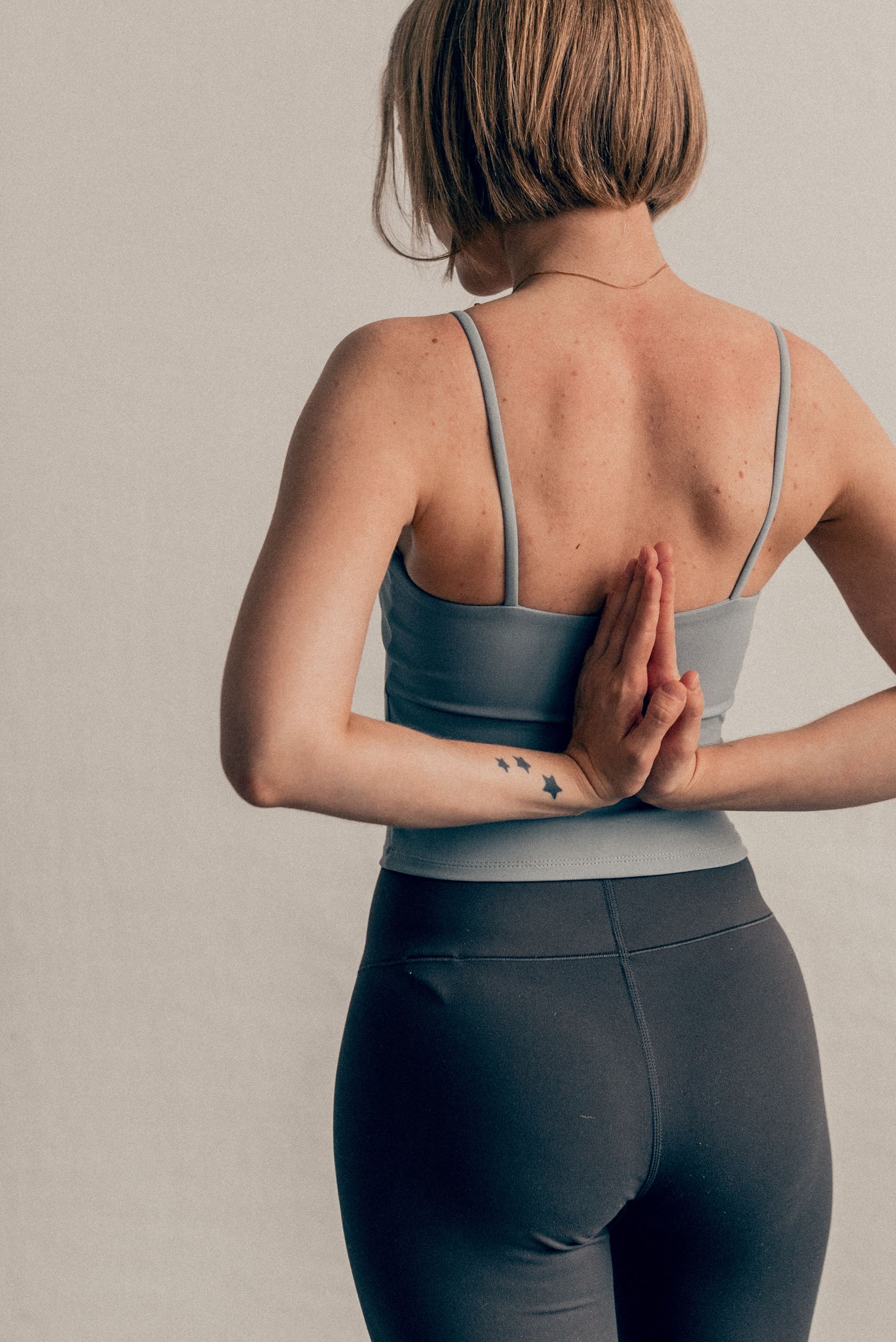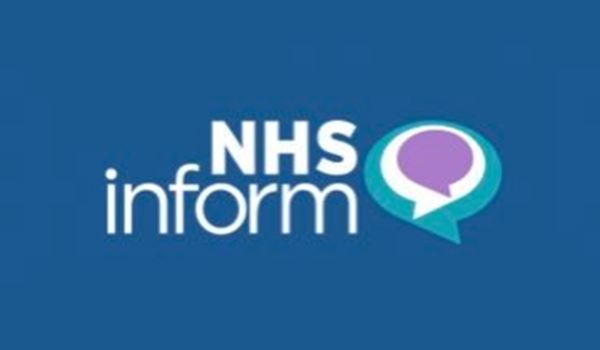Shoulder and Elbow Issues
Shoulder and Elbow Issues
Shoulder and Elbow issues are common cause of injury and pain. This page contains information, support and helpful resources including:
- Common causes of non-traumatic shoulder and elbow issues.
- Links to helpful websites such as NHS inform, BESS (British Elbow and Shoulder Society), AOSS (American Academy of orthopaedic surgeons), and Versus Arthritis.
- Links to exercises and steroid injections
- Links to helping arthritis
- Information about NHS Lothian orthopaedic shoulder and elbow clinics
- Links to NHS Physiotherapy and Self-Referral options.
Shoulder Issues
The shoulder is a complex and joint that the structure has evolved for flexible range of movement in many directions from scratching you back to throwing a ball.
However, the downside with this level of flexibility is increased risk of issues related to instability, stiffness, inflammation and friction (impingement) issues.
Several examples include:
- Frozen Shoulder
- Arthritis of the Acromioclavicular joint and glenoid humeral joint
- rotator cuff tendinopathy
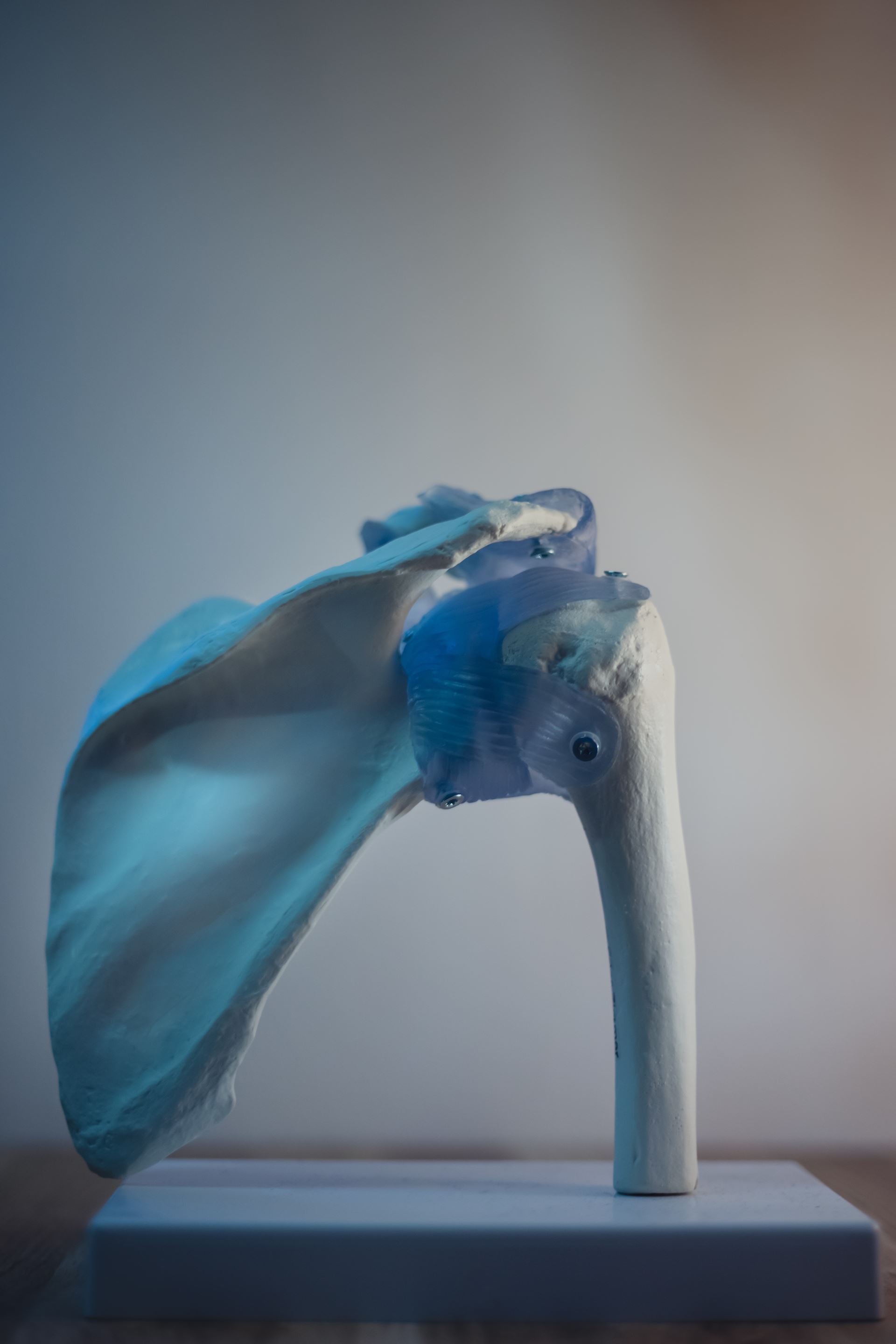
Frozen Shoulder
Frozen Shoulder (AKA Adhesive Capsulitis) is a fairly common but quite debilitating and frustrating condition which can last for months. Typical symptoms include:
- Initial Pain (freezing phase)
- subsequent stiffness and reduced global range of movement (frozen phase)
- gradually return of movement and reduction in stiffness (thawing phase)
The causes are unknown but is associated with other conditions such as diabetes, dupuytrens contracture, previous shoulder injuries, heart disease and stroke.
Rotator Cuff Injury
The rotator cuff is made up of 3 bones (shoulder blade/'scapula', collar bone/'clavicle' and upper arm bone/'humerus'), tendons, ligaments and bursa.
Pain can be the result of:
- Tendinitis. The rotator cuff tendons can be irritated or damaged.
- Bursitis. The bursa can become inflamed and swell with more fluid causing pain.
- Impingement. When you raise your arm to shoulder height, the space between the acromion and rotator cuff narrows. The acromion can rub against (or impinge on) the tendon and the bursa, causing irritation and pain.
The most common cause is from repetitive lifting or overhead activities using the arm, such as paper hanging, construction, or painting, or minor injury from certain sports like golf, cricket and tennis. Sometimes, it occurs with no apparent cause.
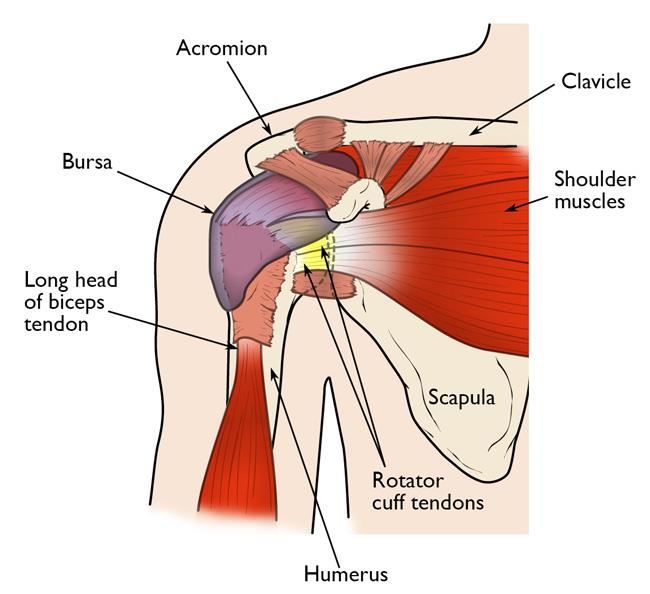
Symptoms of Rotator Cuff injury
Rotator cuff pain commonly causes
- initial local swelling and tenderness in the front of the shoulder.
- Associated pain and stiffness when you lift your arm are common.
- As the problem progresses, some sufferers describe feeling pain at night
- loss of strength and reduction in range of movement expecially putting arm behind their back.
Treatment Options
Treatment involves:
- initial rest and ice,
- pain relief such as non-steroid anti-inflammatory or paracetamol medication.
- once initial pain has been controlled, then rehabilitative stretching and exercises are required.
- In some cases, steroid injections from one of our GPs can help if the condition continues for more than 4-6 weeks (see the links below)
- Physiotherapy assessment and rehabilitation
- Severe or recurrent cases sometimes require further specialist assessment with possible consideration of surgical arthroscopic treatments from our orthopaedic team.
For more information on exercises from NHS INFORM, CLICK HERE
Alternatively you can download exercies in a PDF format CLICK HERE.
Arthritis in the Shoulder
Arthritis is common in over 50's it occurs in 2 joints:
- Acromioclavicular joint - AC Joint (most common)
- Glenohumeral joint
The most common symptoms include progressive constant ache and pain in most movements. If the glenohumeral joint is affected, people often complain of a deep ache and stiffness that radiates to the side and back of the shoulder that is worse in cold weather. Conversly, AC joint sufferers often describe pain on the top of their shoulder radiating to the neck that is sometimes triggered when reaching across their chest or behind their shoulder.
Both types of arthritis can cause night pain and progressive/increasingly recurrent stiffness and limited range of movement.
For further advice on treatment see the links to arthitis page and Versus Arthritis. Steroid injections can be a useful treatment to explore especially if the pain looks not to be improving or controlled after 4-6 weeks. Severe cases of arthritis needs orthopaedic consideration of repair or joint replacement.
Common Elbow Issues
Elbow Tendonitis
Lateral epicondylitis (AKA -tennis elbow) and medial epicondylitis (golfer's elbow) are a common elbow injury resulting from overuse from racquet sports . The injury is not exclusive to tennis or golf only and people who work in predominantly manual occupations that require repeated gripping and twisting/turning of tools or machinery can also suffer with this.
Tennis elbow is inflammation and in many cases, microtearing of the tendons that join the forearm muscles on the outside of the elbow. The forearm muscles and tendons become damaged from overuse — repeating the same motions again and again. This leads to pain and tenderness on the outside of the elbow. Sometimes an incident might spark the start of the injury that becomes increasing constant and recurrent.
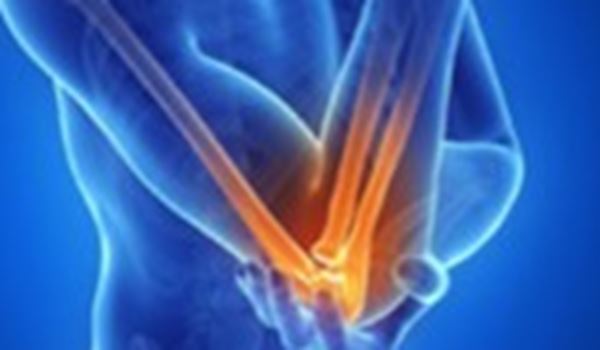
Golfer's elbow is the same condition but pain and tenderness is located on the inner /medial aspect of the elbow.
You may experience one or all of the following:
- elbow pain on gripping or lifting
- elbow pain on opening jars/twisting movements of the wrist
- Localised tenderness on the outside of the elbow (tennis elbow) or on the inner side of the elbow (golfer's elbow)
- Stiffness on bending or straightening the elbow joint, particularly first thing in the morning
- Occasionally mild swelling and heat can be present
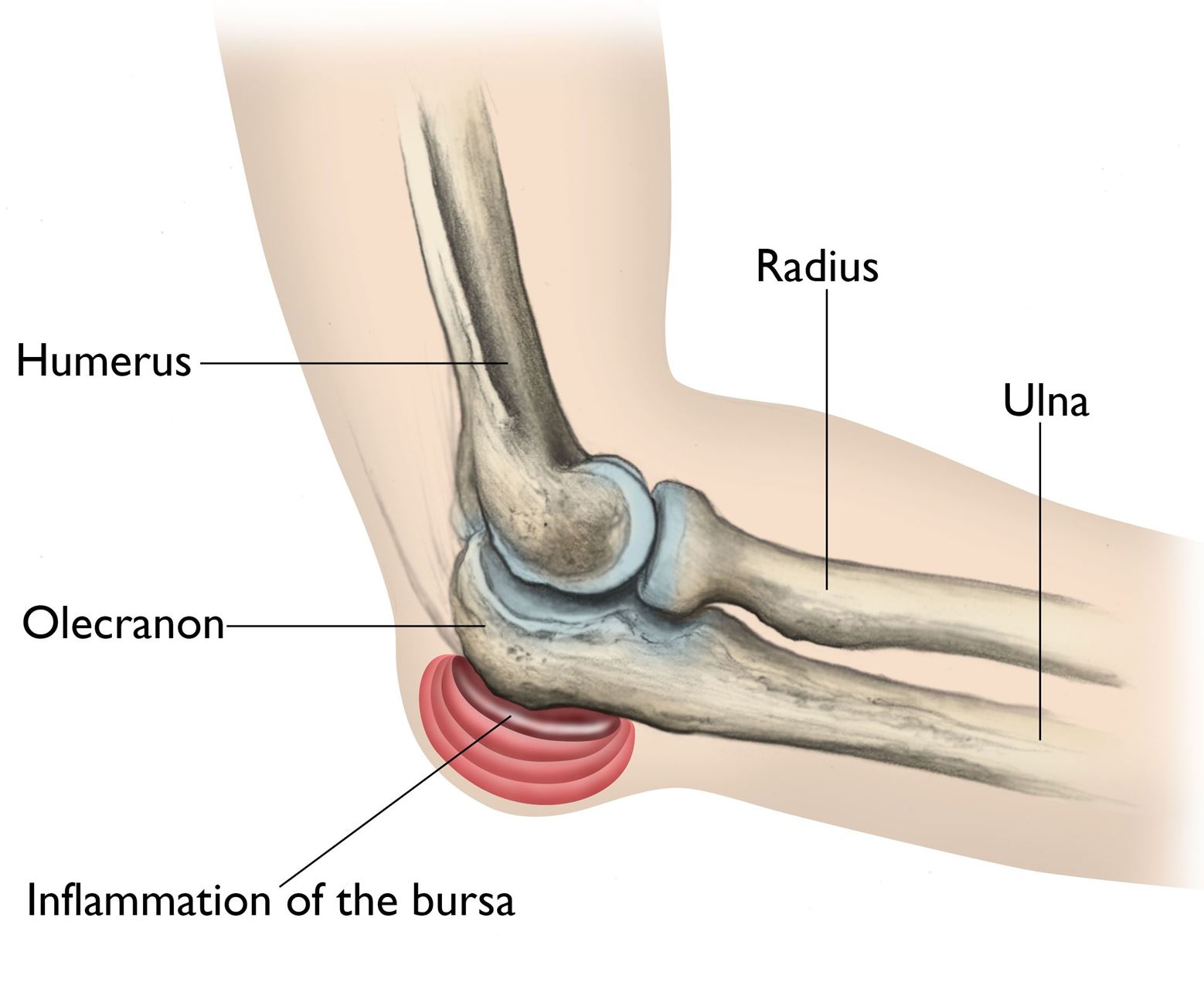
Elbow Bursitis
Elbow bursitis is a condition where the olecranon bursa (fluid filled sac/cushion becomes irritated or inflamed. With progresison of the condition, further fluid accumulates in the bursa and causing more inflammation.
Symptoms include initial acute swelling and pain. in some cases the lesion gets complicated with infection and becomes red warm with increasingly severe pain.
Managment and treatment depends on whether the lumps it is infected or not. Antibiotic are usually required if infected . If non-infected, oral anti-inflammatory gel or tablets are usually helpful, Ice packs and avoiding any direct pressure on the swelling.
BESS
BESS (the British Elbow and Shoulder Society) has lots of useful information to assist patients with shoulder or elbow conditions. These include advice and videos demonstrating exercises to help shoulder pain and elbow stiffness. Please click the image opposite to visit their website and to find out more.
NHS Lothian Orthopaedic Team
The NHS Lothian Orthopaedic Team is a multi-disciplinary service that includes upper limb advanced practice physiotherapy, specialist radiological investigations, and orthopaedic surgeons.
The clinics are held in the Lauriston building in the centre of Edinburgh.
They offer various surgical options for persistent or severe cases of shoulder pain that are not resolved through normal community interventions.
These include :
- rotator cuff repair
- Total shoulder and elbow joint replacement
- Reverse total shoulder joint replacement
- shoulder and elbow arthroscopic investigation
Referral to these service requires an initial assessment from the clinical team at Bangholm Medical Centre.
Page created: 04 September 2020

